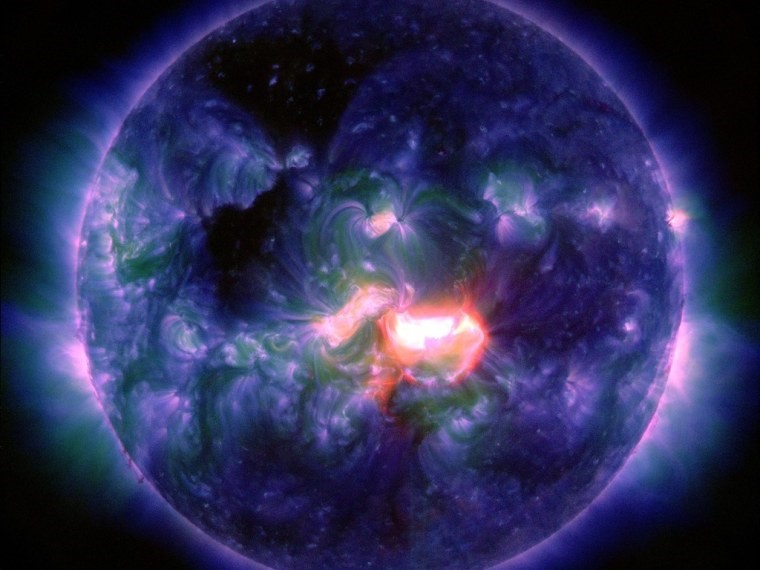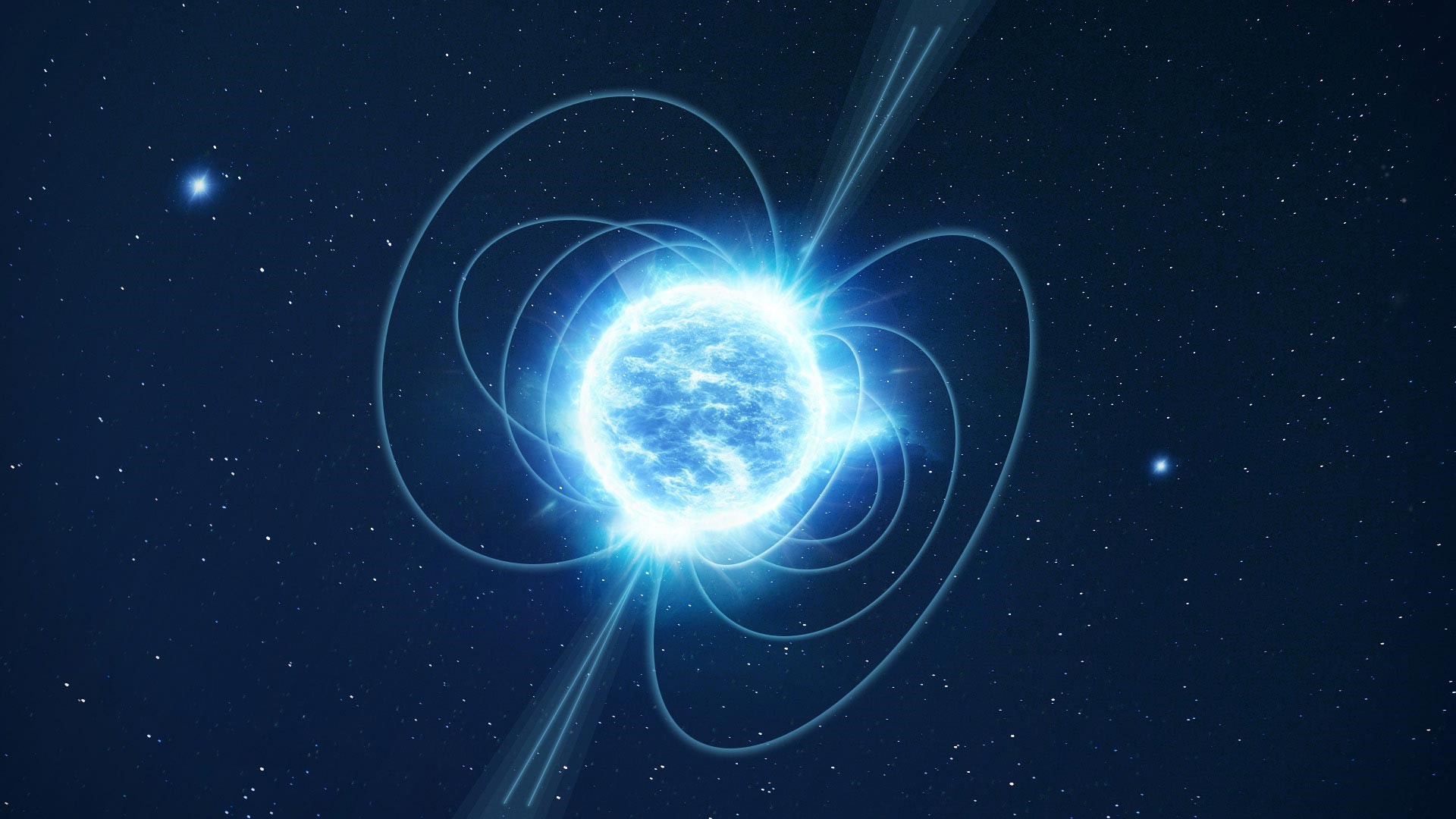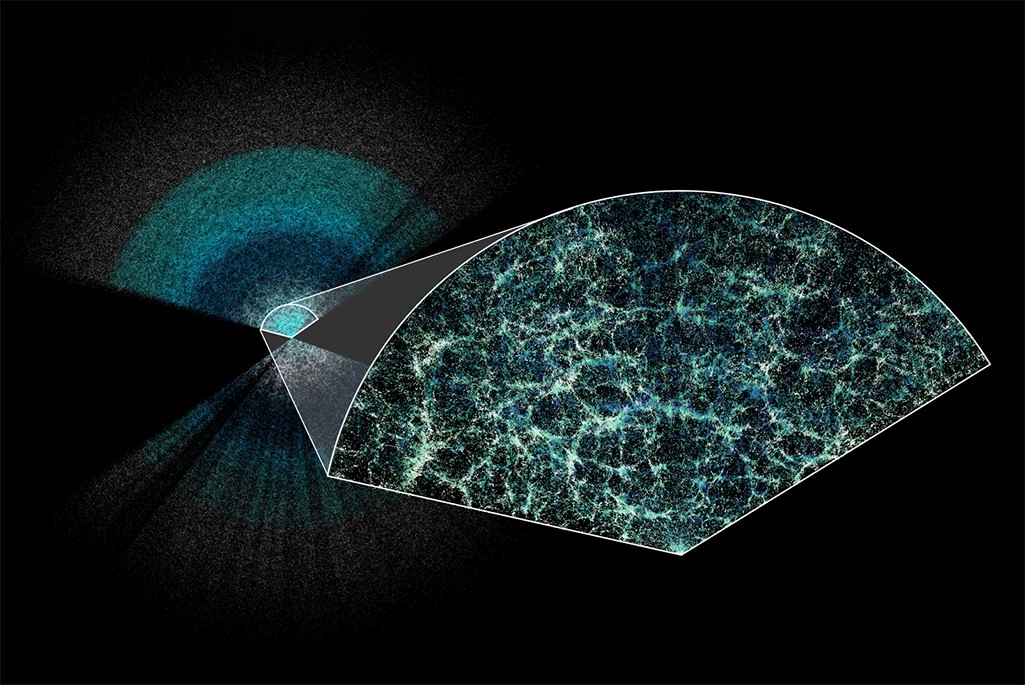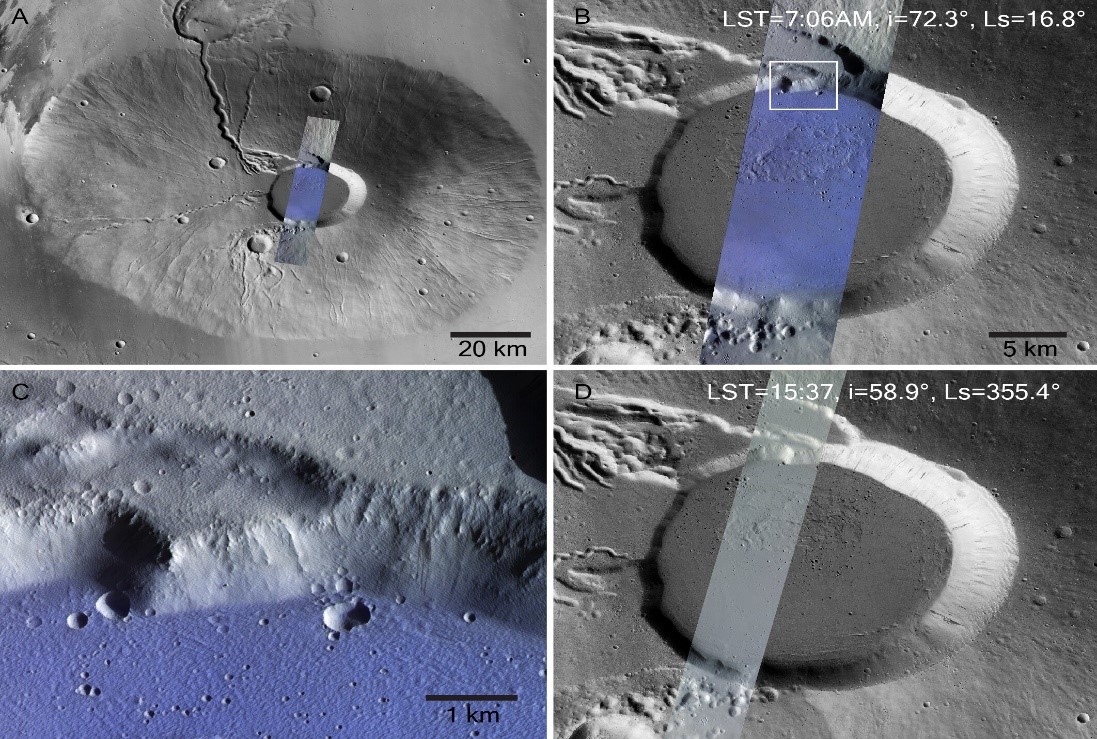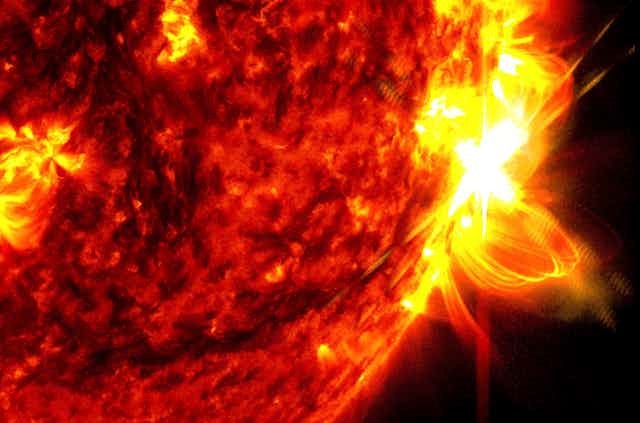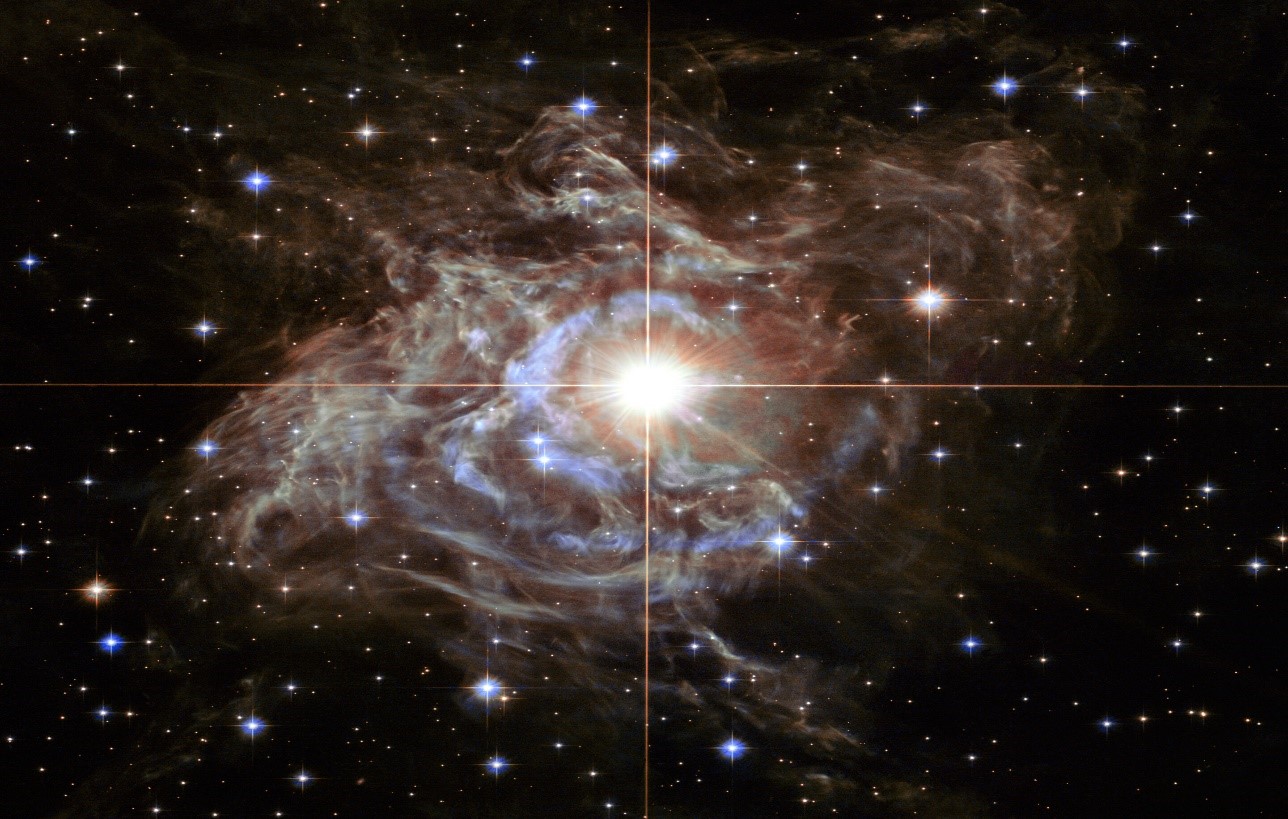Nestled Within the Cat's Paw Nebula Is One of The Most Colossal Space Molecules Ever Observed
Scientists, led by Zachary Fried, a graduate student at the Massachusetts Institute of Technology (MIT), have uncovered a previously unknown space molecule while investigating a region of intense star formation located approximately 5,550 light-years away, within the Cat's Paw Nebula, also designated as NGC 6334.[1] Using the Atacama Large Millimeter/submillimeter Array (ALMA), the team focused on a specific section of the nebula known as NGC 6334I. Their analysis unveiled the presence of a complex molecule called 2-methoxyethanol, never before observed in nature, although its properties have been simulated in terrestrial laboratories.
The discovery of the molecule 2-methoxyethanol is noteworthy. Despite its seemingly modest composition of 13 atoms, it stands out as one of the few molecules discovered in space with an atom count exceeding this. Moreover, it holds the distinction of being the largest and most intricate "methoxy" molecule identified in space thus far, denoting a chemical structure featuring a methyl group atom bonded to an oxygen atom.
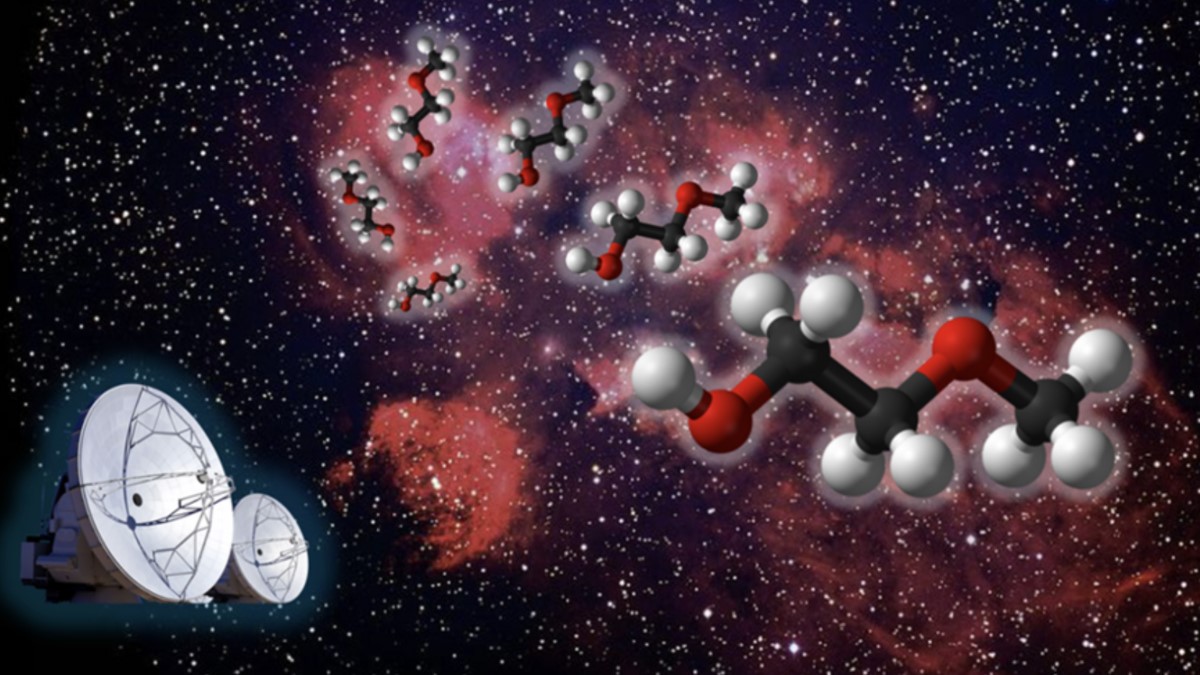
Figure 1. One of the Largest Space Molecules Found in the Cat's Paw Nebula
Figure 1 Show in One of the Largest Space Molecules Found in the Cat's Paw Nebula. "Our group aims to comprehend the molecular composition of regions in space where stars and solar systems are forming," Fried explained. "This enables us to unravel the evolution of chemistry alongside the process of star and planet formation."
Remarkably, the same team conducted a search for 2-methoxyethanol in another space region known as IRAS 16293-2422B. This area hosts four newly formed protostars situated within the star-forming region of Rho Ophiuchi, approximately 359 light-years away from Earth. This exploration suggests a potential for greater diversity in the chemical makeup of star-forming regions.
ALMA Was Equipped with The Knowledge of What to Seek Within the Cat's Paw Nebula
Fried and his colleagues embarked on the investigation of NGC 6334I and IRAS 16293-2422B with prior knowledge. They had already formed a solid understanding of the molecule they intended to search for using ALMA, an array of 66 radio telescopes situated in the Atacama Desert of Northern Chile. Essentially, they received guidance from machine learning models, which indicated that their focus should be on hunting for 2-methoxyethanol.
The team proceeded to measure and analyze the rotational spectrum of 2-methoxyethanol on Earth, a process described by Fried as "the distinctive patterns of light emitted as molecules rotate in space." "These patterns serve as unique identifiers or 'barcodes' for molecules," explained the MIT researcher. "To identify new molecules in space, we begin by identifying the molecule of interest, record its spectrum in laboratory settings here on Earth, and subsequently search for that spectrum in space using telescopes."
"The barcode matched!" exclaimed Fried. "Ultimately, we detected 25 rotational lines of 2-methoxyethanol that precisely aligned with the molecular signal observed toward NGC 6334I, confirming the presence of 2-methoxyethanol in this source." This successful detection facilitated the team's ability to determine the physical characteristics of the molecule within NGC 6334I, such as its abundance and excitation temperature. [2] "It also allowed us to explore potential chemical formation pathways from established interstellar precursors," Fried elaborated.
Discoveries like this provide scientists with valuable insights into the emergence of increasingly complex molecules during star formation and the subsequent assembly of planets around these stars. "Continued observations of large molecules and the derivation of their abundances contribute to our understanding of the efficiency of large molecule formation and the specific reactions involved," Fried concluded. "Furthermore, the detection of this molecule in NGC 6334I but not in IRAS 16293-2422B offers a unique opportunity to investigate how the distinct physical conditions of these two sources influence the chemistry occurring within them."
References:
- https://www.linkedin.com/posts/diaviawebster_buried-in-the-cats-paw-nebula-lies-one-of-activity-7189028623322869760-oma2
- https://www.space.com/cats-paw-nebula-space-molecule-chemistry
Cite this article:
Janani R (2024), Nestled Within the Cat's Paw Nebula Is One of The Most Colossal Space Molecules Ever Observed, AnaTechMaz, pp.16




